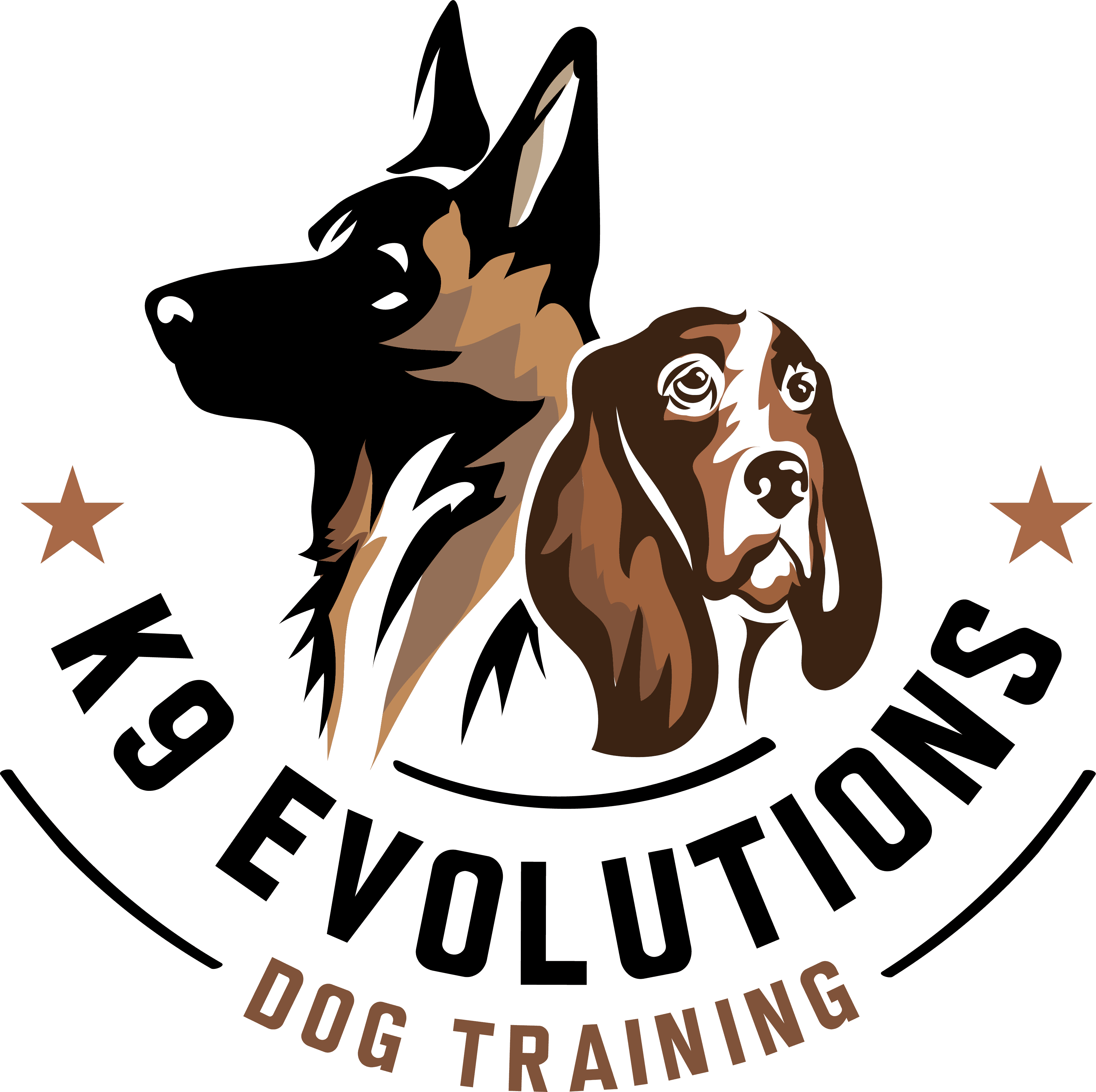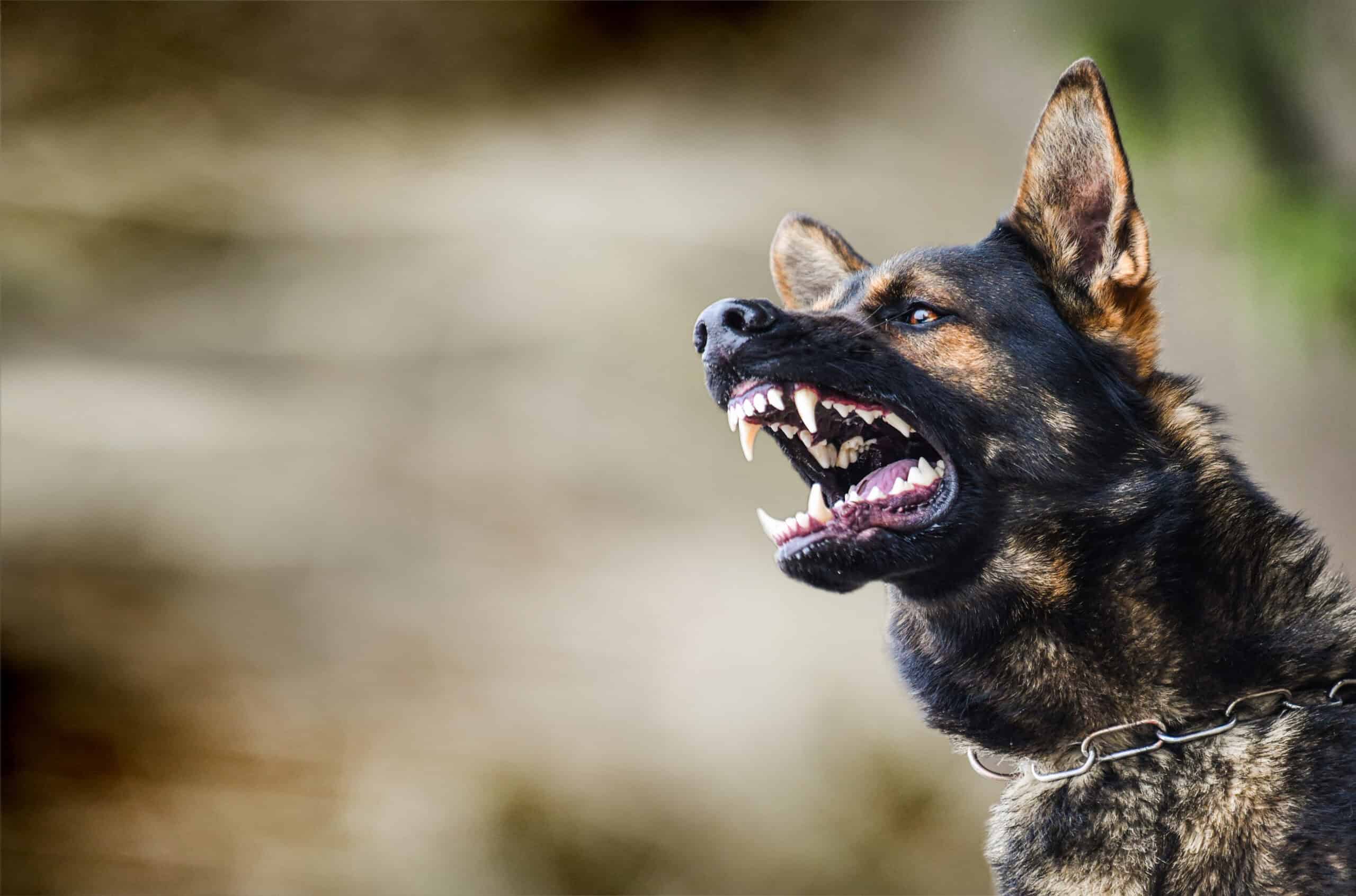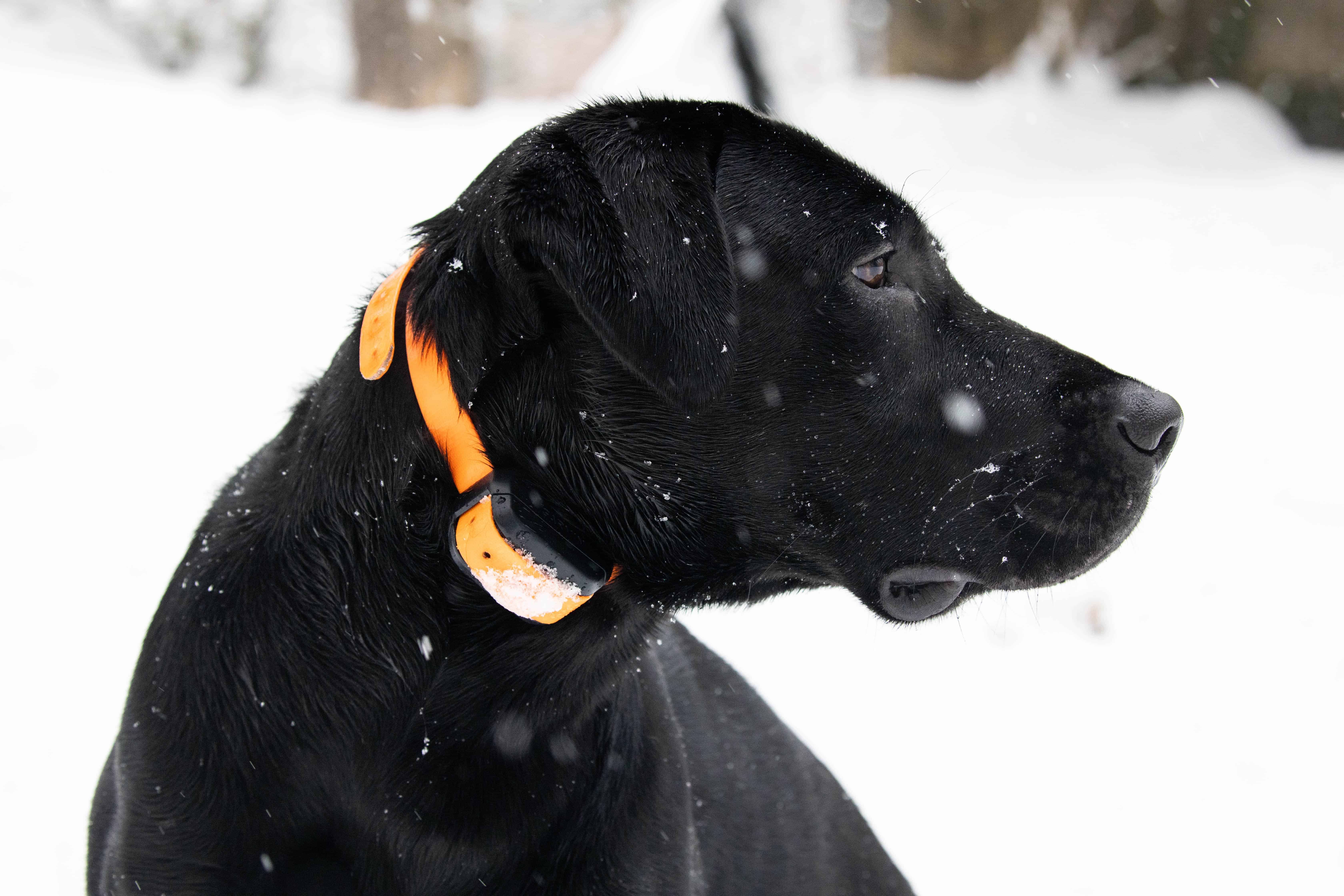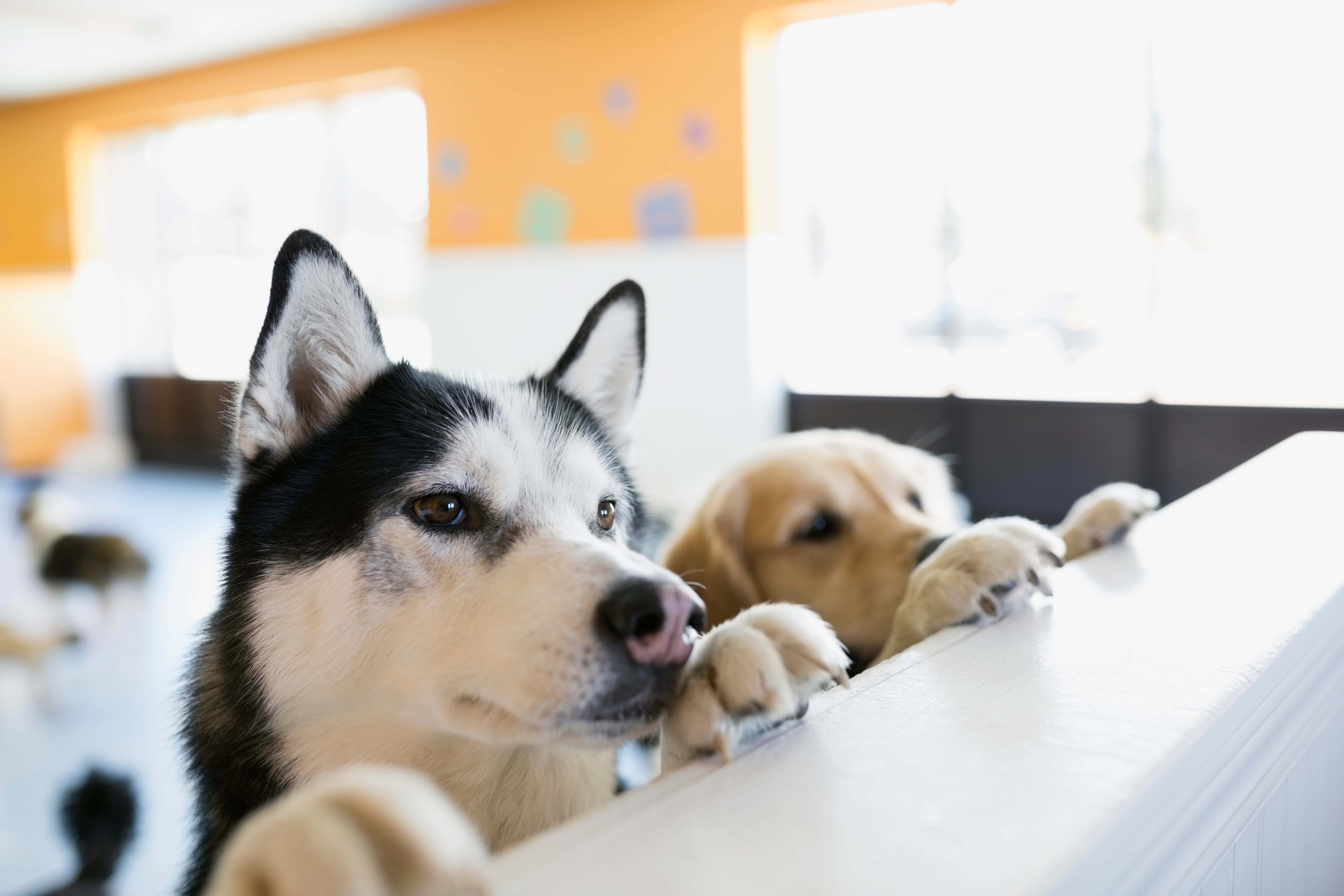When it comes to assessing the potential qualities of pet dogs, it is undoubtedly the case that some owners believe their dog could do anything. To some extent, this is true – one of the fascinating things about man’s best friend is their versatility and ability to perform a number of different roles. Dogs can be trained as successful search and rescue dogs to assist in live-find operations, just as they can be trained as service dogs to assist individuals with disabilities, or as detection dogs to assist law enforcement teams.
However, it is important to draw a distinction between what is possible, what is probable, and what is actually a practical application of your dog’s skills. In recent years, there seems to have been an increasingly common trend for some pet owners to believe that just because their dog exhibits any kind of aggressive tendencies – and particularly if the dog is a German Shepherd, Belgian Malinois or other high-drive breed – they can be utilized as a highly effective protection dog. This overlooks the crucial fact that there is more to being a successful protection dog than simply showing intensity and other ‘protective’ qualities.
In this article, we’re going to look at what actually makes a good protection dog, and then outline some of the reasons why your dog may – and just as importantly, may not – be a suitable candidate.
What makes a good protection dog?
A high-quality, effective protection dog demonstrates many traits and qualities that ensures they offer reliable protection and security when the need arises. These include:
- Genetics – This cannot be overstated, and we’re not talking about just the breed. Simply having a typical breed who does this work (like a German Shepherd) is not what we’re talking about here. We’re talking about the genetic lineage in a working line pedigree, looking at the parents and previous generations.
- Trainability – It is essential that a protection dog has excellent obedience and responds immediately to the commands issued by their owner.
- Courage and confidence – Exuding bravery means that the dog will run towards the threats posed by a potential intruder. A fearful dog does not make a good candidate, and fear aggression is not confident controlled aggression.
- Attentive and alert nature – Protection dogs must be able to detect any danger at the earliest opportunity.
- Controlled aggression – While drive is certainly important, it is vital that this can be channeled in the correct fashion.
- Loyalty – By the nature of the job, protection dogs must show loyalty, first and foremost, to their family and they must understand who their handlers are.
- Contextual awareness – This is something that is mostly accomplished through the training process. However, it is important that the dog has enough intelligence to understand contextual shifts so that the dog doesn’t repeatedly activate protection behaviors in benign scenarios. This segways into the next important ingredient.
- Stability – When it comes to temperament, a protection dog must be stable and confident. An overly aggressive, fearful or reactive dog may not respond appropriately for the requirements of a protection dog.
- Physical capabilities – Protection dogs must be quick, agile and physically able to carry out their duties.
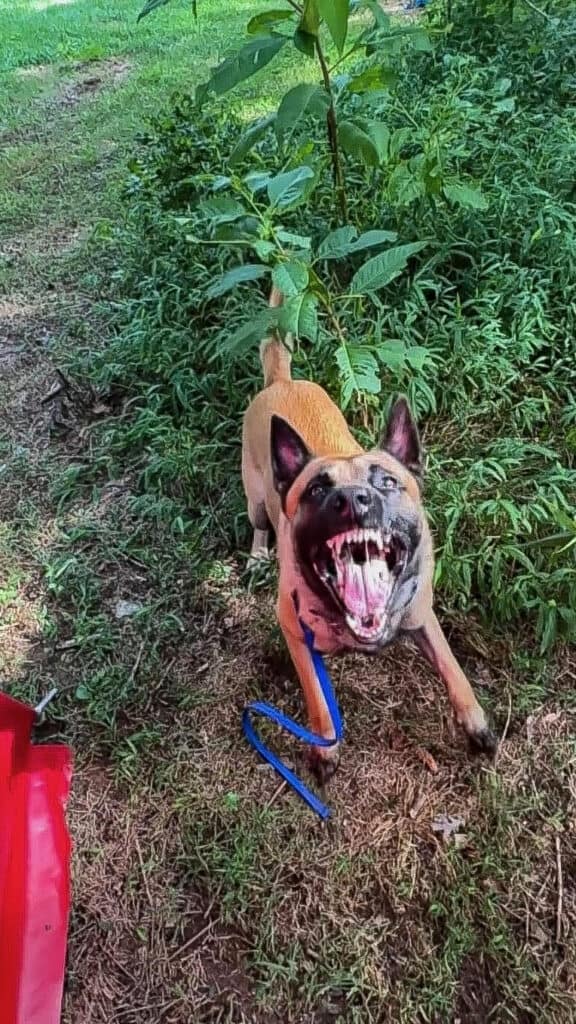
Which breeds make good protection dogs?
Thinking of the qualities we outlined in the previous section, there are certain dog breeds who are more likely to succeed as protection dogs. High-drive dogs who can be trained to direct that energy towards protecting owners and property are more suited to this line of work. There’s a rather large list of dogs who are typically selected for protection work; here are some breeds, to name just a few.
- German Shepherd
- Belgian Malinois
- Rottweiler
- Giant Schnauzer
- Cane Corso
- Bullmastiff
- Boxer
- Doberman Pinscher
- Akita
With that said, it doesn’t mean that just because you have one of these dogs, they will automatically be a great protection dog. Instead, it just increases the chances that they may be a good fit for the role, because many are genetically predisposed to display many of the traits that make successful protection dogs – size, speed, loyalty and drive. Many of these dogs were used historically as guardian dogs.
Reasons why your dog may be a good protection dog
Perhaps you’ve read this far through the article and think your dog is undoubtedly a great candidate to be a protection dog. Here are some additional traits you should look for when assessing their suitability.
- Likes to guard – If your dog is possessive of your property and those who reside within it, and is vocal when they perceive a threat, they may have a natural instinct for protection work.
- Territorial behavior – Does your dog like to protect the yard, or stand at the window when strangers walk past? This territorial streak means they may be able to discern a potential danger.
- Protective of family – Protection dogs need to have an off-switch during everyday life, and must also behave calmly around members of the household, including young children.
- Physically fit and active – A protection dog must be able to sprint in order to thwart threats, so it is vital that they are in great physical health.
- Trainability – Protection commands require significant amounts of training. If your dog is able to pick up on obedience cues and other skills rapidly, and is consistent with responding to them, then this indicates that they are teachable.
You will note that we frequently used the word “may” when outlining these points. It isn’t a given that just because you think your dog exhibits these traits, that they are an automatic fit for protection work. Discussing these criteria with a professional dog trainer is often a great way to validate if your dog is actually likely to make it as a good protection dog.
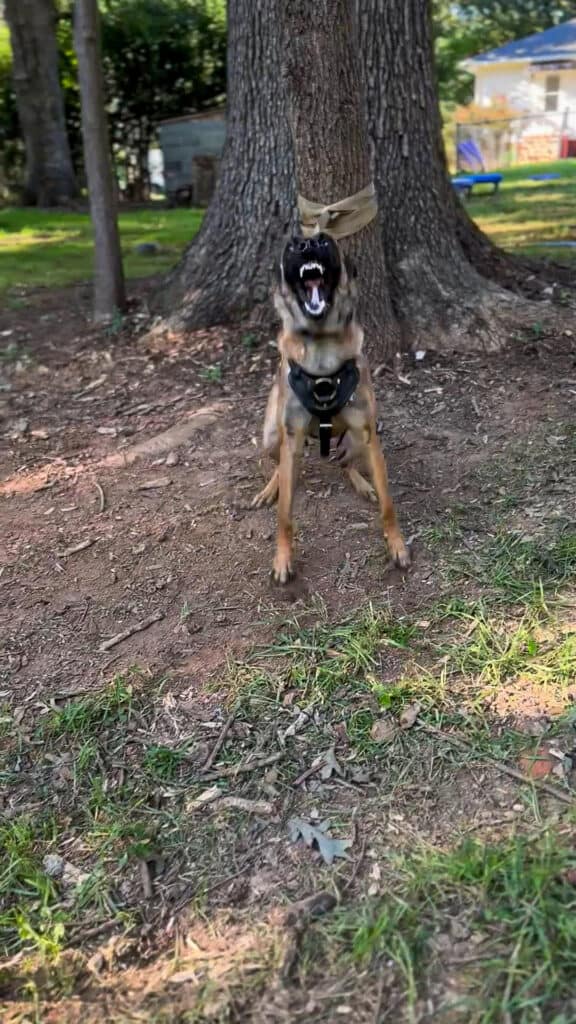
Reasons why your dog may not be a good protection dog
Just as there are indicators that can lead you to determine if your dog will succeed as a protection dog, so there are traits that can show the exact opposite. Examples include:
- Wrong temperament – This can go one of two ways. At one end of the scale, the dog may be too timid or frightened to be an effective protection dog; at the other, an unpredictable or overly reactive dog can be equally unsuited.
- Undersocialized – If a protection dog has not had sufficient socialization, it is likely that they will react unpredictably in unexpected or novel situations. This can be disastrous if it leads to the dog injuring an innocent bystander, or if it leads to them failing in their duty to protect their owner.
- Lack of obedience – Solid obedience is a fundamental building block for protection work. If your dog can’t yet master basic obedience commands, or is stubborn and hard to train, this may indicate that protection work may be beyond them.
- Too friendly – Some dogs are simply too nice! Breeds like Golden Retrievers or Labradors may be more inclined to greet intruders enthusiastically, as opposed to acting as a deterrent.
- Health issues – If your dog is unfit or has sustained physical injuries in the past that limit their range of movement, it is unlikely they will possess the speed and strength to work effectively as a protection dog.
A note on prey drive and defense
There are two predominant channels that a protection dog operates in: Prey Drive and Defense.
In the training process, the very first thing we start with is developing prey drive. Prey drive occurs intrinsically in many dogs, but at a very high intensity level in others. Prey drive is the desire for the dog to catch and possess an item of prey. As it pertains to protection work, think of it as the dog chasing down a suspect or intruder and engaging them in the bite. In the early stages of protection training, it is paramount that the dog has a good amount of prey drive in them so they can be developed. This is the first thing that I test for in any evaluation, and it is done so smartly, so as not to put too much pressure on a green dog. Pressure comes later after we’ve developed the dog’s confidence in prey drive with lots of training.
The second channel is defense. Defense is the dog’s ability to remain in the bite, fighting under pressure. This is a process that is done very methodically and carefully. Think of defense as when the dog chases down the suspect or intruder, and the person resists or fights back. Defense is the dog’s ability to withstand this pressure and stay in the fight.
These two drives are important in building a protection dog. Sometimes, a dog has excellent prey drive, but may not do well under even a little pressure – making it not a great candidate for protection work. A good protection dog needs a nice balance of both. If you’re looking for just a Level One protection dog then your dog doesn’t need defense. However, a Level Two or Level Three protection dog is going to need some of this drive.
How to move forward
As we have explored in this piece, evaluating if your dog is actually a suitable candidate to act as your protection dog is not straightforward. There are a multitude of factors that must be considered before embarking on training for protection work.
The best way to assess your dog’s suitability is to work with a professional dog trainer who can impartially evaluate your dog. This removes your own biases and emotions from the situation, and a professional will have the experience and expertise to make a determination on your dog’s qualities in this line of work. At K9 Evolutions Dog Training, we offer protection dog training programs, and we can also assist you with evaluating your dog’s suitability for the job. Contact us today at info@k9evolutionsdogtraining.com or by calling (612) 227-7019 for more details.
